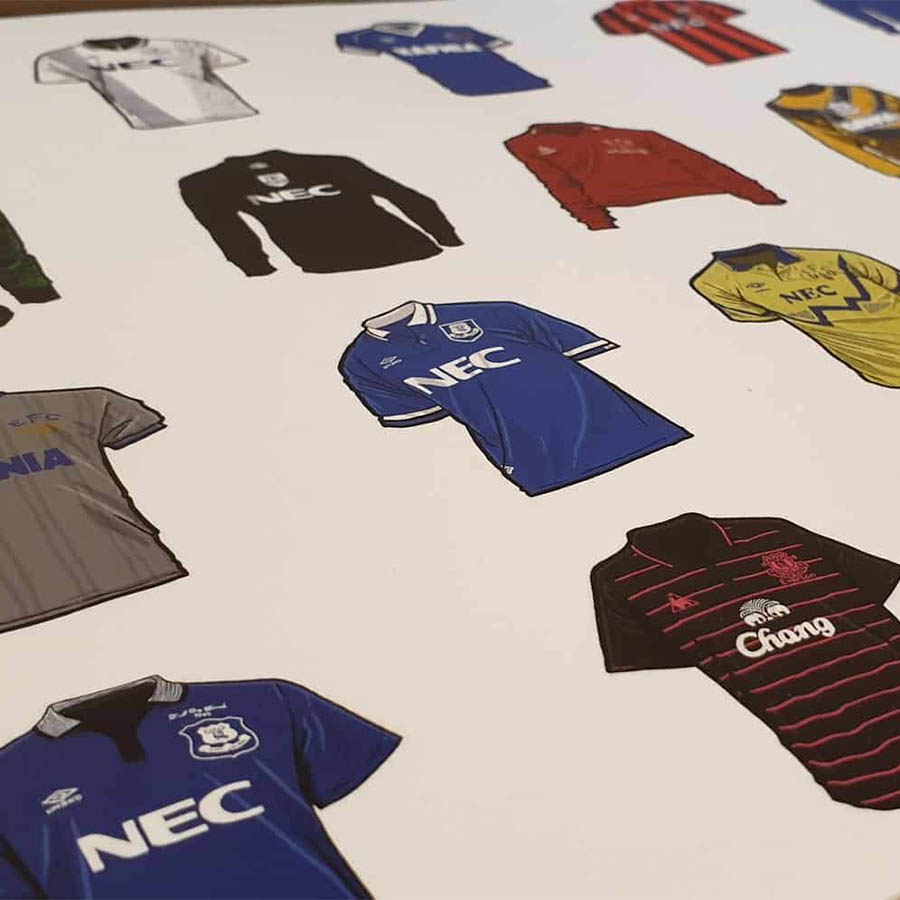Can someone who is knowledgeable about this ease shed some light.
I get the basics and I understand the revolving losses over 3 years. I also understand it's based on commercial revenues and young player sales that acts as a multiplier for spending limits.
But what does transfer fees and wages have to do with it? Is it both that needs to be considered
I thought we have just let go a few players on some pretty high wages, delph and Voldemort. So before there is any sales whatsoever. Are not immediately in a better place in terms of wage bills? Therefore room to spend/sign? I know not by alot but surely the conclusion of those contracts means something
If u ignore the conspiracy stories FFP is designed to stop a club from spending beyond its limits so that the club won't go out of business.
FFP is judged over a 3 year period and allows a club to lose an average of 35m a year for each of the 3 years, so total losses over 3 years cannot exceed 105m. In yr 1 a club can make a loss of 200m but if they make a profit of 75m in years 2 and 3 they will not be in breach of FFP.
Different things count towards FFP. Investment in youth, infrastructure, training facilities etc are not counted towards FFP. Operating costs: wages, player purchases, travel, bonuses, payoffs for sacking managers etc are counted towards FFP.
It is important to understand Amortisation when thinking FFP. Amortisation just means that a player's purchase price is accounted for over the term of a player's contract. If Everton buys a player for 20m in this window and gives him a 4-year contract, that will account for a 5m loss each year for the next 4 years. So for FFP, buying a 20m player only costs a 5m loss this year. That is just for the transfer fee, if u pay the player 3m a year the total cost to Everton is 8m a year for the next 4 years.
If you sell a player, you must account for all years of amortisation remaining on their contract. Everton bought Gomes for 22m in 2019 and gave him a 5 year contract. So that is 22/5 = 4.4m in amortisation cost each of the 5 years of his contract. If Everton sells Gomes this window for say, 5m, they have to account for the 2 years left on his contract which would be 4.4m x 2 = 8.8m. So if Everton sold Gomes for 5m, you would have a 3.3M loss on your accounts that impact FFP. However, you would also save 4m on his wages so Everton would be better off by about 700k this year. But if you want to replace Gomes with a new player then that will have a new amortisation cost and a new set of wages to pay. In short, getting rid of underperforming players can be very expensive.


















